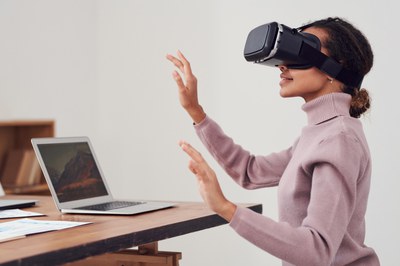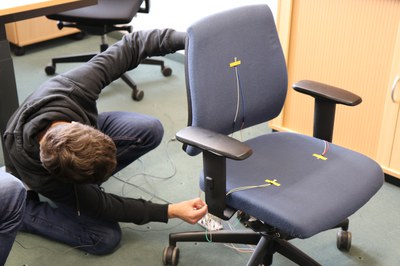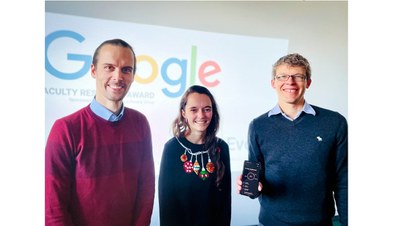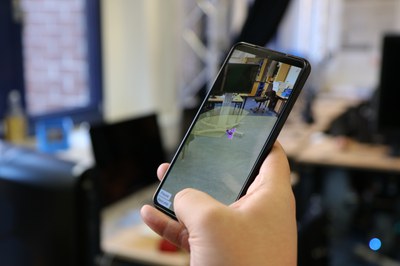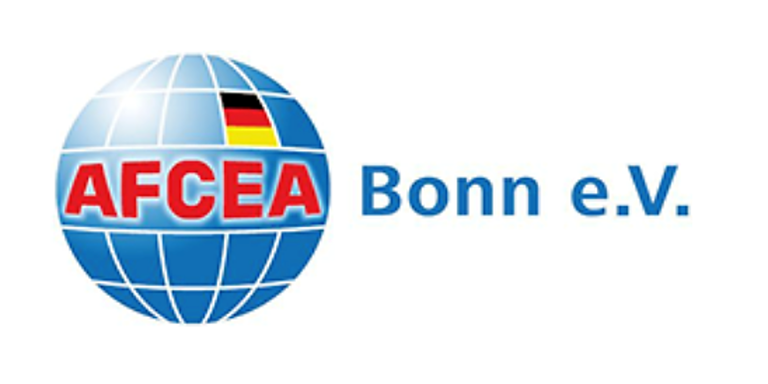
AFCEA Exhibition 2022
7 April 2022
The Usable Security and Privacy Group, led by Prof. Alt, presents two interesting research projects at this year's AFCEA Exhibition in Bonn.
HotFoot

Foot biometric has both the physiological and behavioural characteristics. Despite its great potential, foot biometric remains underexplored. One reason behind this is, it involves removal of shoes and socks. As thermal cameras become ubiquitous, we foresee a new form of capturing footprints. Thermal cameras allow capturing thermal footprints, where heat traces, resulting from stepping, can be used to reconstruct the footprint to identify users while users still have the shoes or socks on. We propose a novel method that combines thermal and visible features of the foot to seamlessly and unobtrusively identify users. We collected a dataset of users’ steps with shoes and socks in a user study (N=20). Using a Logistic Regression on extracted features, our proposed system achieves an AUC score up to 0.98 for shoes footprints and 0.92 for socks footprints. Our findings not only demonstrate the potential of thermal imaging for unobtrusive user identification, but also pave the way for novel applications for usable security and seamless identification.
PriKey

The increasing number of smart devices installed in our homes poses privacy risks for inhabitants and visitors. However, individuals face difficulties counteracting privacy intrusions due to missing controls, incorrect mental models, and limitations in their level of expertise. We present PriKey, a concept for device-independent and easy-to-use tangible smart home privacy mechanisms. PriKey is the key to privacy protection: it supports users in taking control over their privacy through meaningful, tangible interactions. Using a Wizard-of-Oz prototype, we explored users’ perceptions regarding PriKey (𝑁 = 16). We then compared PriKey to an equivalent smartphone app (𝑁 = 32), focusing on visitors. Participants perceived PriKey as engaging, intuitive, and benevolent. Their privacy considerations were based on personal and contextual factors. Our results indicate that tangible privacy is a noteworthy approach for future smart home privacy mechanisms.


